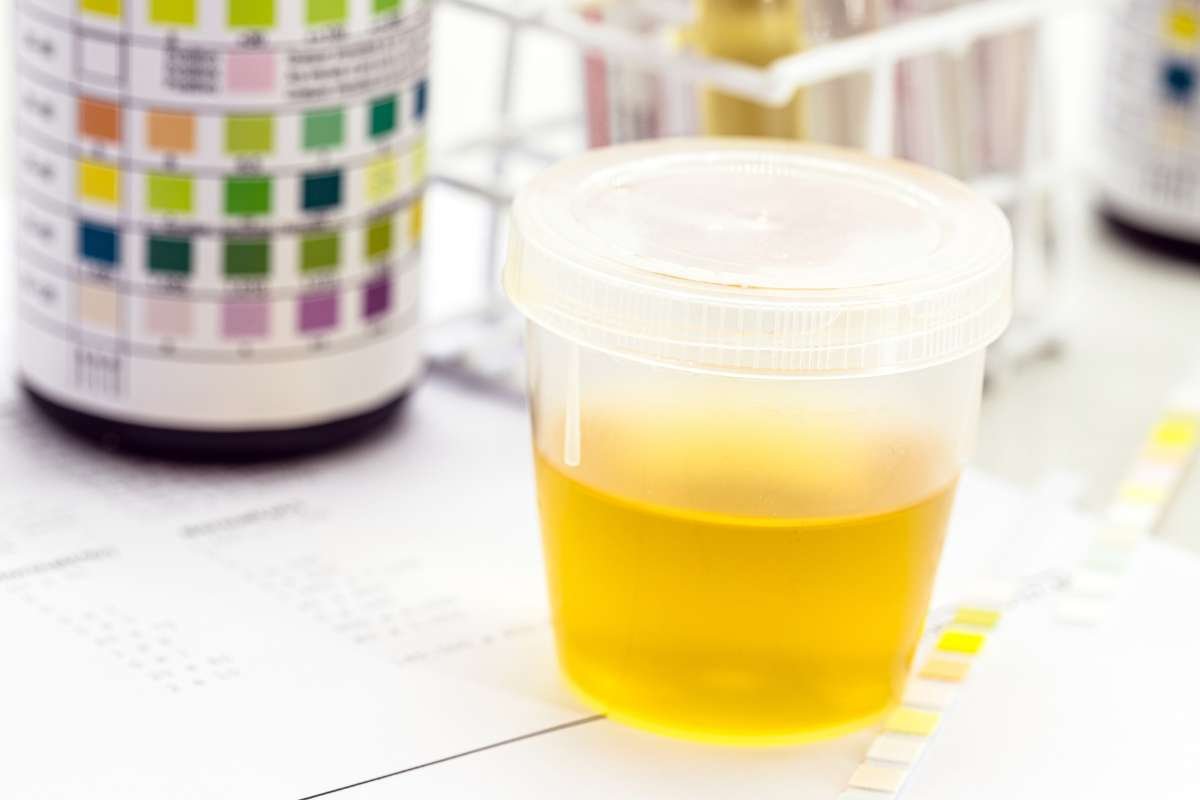When it comes to our health, we often overlook the little things, like the presence of urobilinogen in urine. You might be wondering, “What’s that” Simply put, urobilinogen is a byproduct formed when our bodies break down bilirubin, which itself comes from the breakdown of old red blood cells. While it may seem insignificant, checking urobilinogen levels can offer valuable insights into our liver health and overall wellness.
Let’s discover more about Urobilinogen levels in urine and explore why they matter:
What Is Urobilinogen?
To understand urobilinogen in urine, we first need to grasp what urobilinogen actually is. After your liver processes red blood cells, it produces bilirubin. This bilirubin then travels to your intestines, where bacteria convert it into urobilinogen. From here, urobilinogen can either get reabsorbed into the bloodstream or be expelled through urine. So, when you see Urobilinogen presence in urine, it’s just a sign of your body processing bilirubin as it should.
Why It Matters?

Now, you might be asking, “Why should I care about Urobilinogen concentration in urine?” Well, monitoring its levels can provide significant clues about your health. Healthcare providers often include urobilinogen in routine urinalysis tests. These tests help identify potential liver issues, hemolytic anemia, and other medical conditions. Essentially, keeping an eye on urobilinogen levels can give you a heads-up about your liver’s health.
What Are Normal Levels?
In healthy individuals, normal urobilinogen levels in urine usually range from 0.1 to 1.0 mg/dL. When your levels fall within this range, it’s a good sign that your body is functioning as it should. But what happens if the numbers are off?
Increased Urobilinogen
If you have elevated urobilinogen in your urine, it could signal some underlying issues. Conditions like hepatitis, cirrhosis, or liver congestion may cause your liver to produce more urobilinogen than usual. In these cases, you might also notice symptoms like jaundice (yellowing of the skin and eyes), dark urine, or fatigue.
Decreased Urobilinogen
On the flip side, low levels of urobilinogen might indicate problems like bile duct obstruction. When this happens, bilirubin can’t make it to the intestines properly, resulting in lower urobilinogen levels. Conditions such as cholestasis or biliary atresia can lead to these symptoms. You might experience abdominal pain or nausea if this is the case.
Conditions Linked to Urobilinogen Levels

Liver Diseases
When it comes to liver diseases, urobilinogen plays a key role. For example, in hepatitis or cirrhosis, your liver struggles to process bilirubin effectively, leading to increased levels of Urinary urobilinogen. These conditions can manifest in various symptoms, so it’s essential to pay attention to any changes in your body.
Hemolytic Anemia
Hemolytic anemia is another condition to consider. In this case, your body destroys red blood cells at a faster rate, forcing your liver to work overtime to deal with the extra bilirubin. As a result, you may see elevated urobilinogen levels in urine, along with symptoms like fatigue and shortness of breath.
Bile Duct Obstruction
Bile duct obstructions, often caused by gallstones or tumors, can prevent bilirubin from reaching the intestines. This blockage can lead to lower urobilinogen levels in urine and may cause symptoms like jaundice and abdominal discomfort.
How Is Urobilinogen Tested?
Testing for urobilinogen in urine is typically part of a routine urinalysis. Your healthcare provider will collect a urine sample and analyze it for various substances, including urobilinogen. It’s a straightforward test that can reveal a lot about your health.
Understanding Your Test Results
After you get your results, understanding them is crucial. If your urobilinogen levels are abnormal, your doctor might suggest further tests, like blood tests or imaging studies, to get a clearer picture. Don’t hesitate to ask questions or voice any concerns you have during this process.
Urinalysis Explained
Tips for Maintaining Liver Health
To keep your urobilinogen levels in check, focusing on liver health is essential. Here are some simple lifestyle tips:
- Eat a Balanced Diet: Load up on fruits, vegetables, whole grains, and lean proteins. Your liver will thank you. And don’t forget to limit alcohol, as it can take a toll on your liver.
- Stay Active: Regular exercise helps maintain a healthy weight, which can reduce your risk of liver disease. Find an activity you enjoy and make it part of your routine.
- Drink Plenty of Water: Staying hydrated is essential for kidney function and helps your body flush out waste.
- Schedule Regular Check-ups: Keeping up with health check-ups can catch any potential liver issues early, so don’t skip those doctor visits!

Conclusion
Urobilinogen in urine may not be a topic that gets a lot of attention, but it plays an important role in understanding our health. By keeping track of urobilinogen levels, we can gain insight into our liver function and identify any potential issues early on. If you notice any changes in your urine or experience symptoms related to liver problems, reach out to a healthcare professional. Staying informed and proactive about your health can make a world of difference in maintaining your overall well-being.







